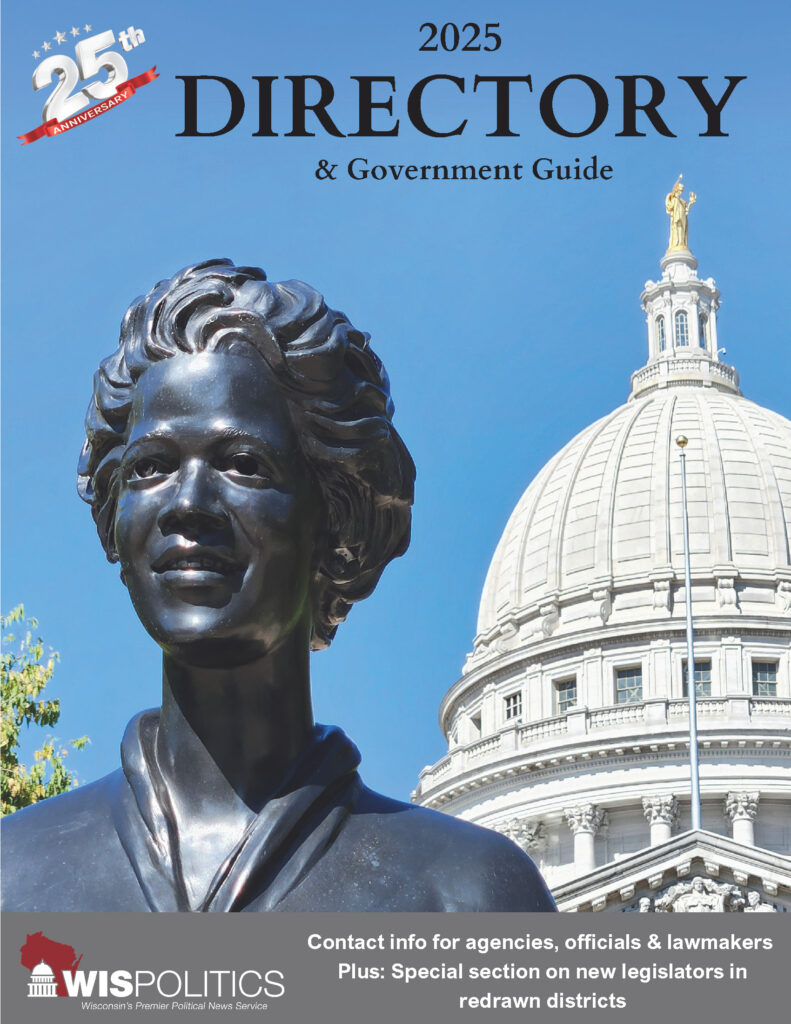Cambridge, Wis., May 14, 2025 — The Indigenous Cannabis Industry Association (ICIA) is giving a first-of-its-kind look into the state of Indigenous cannabis enterprises with a new map of Tribal Cannabis and Hemp Programs (above), created in collaboration with leading cannabis law firm Vicente LLP. Developed through in-depth research and interviews with Tribal leaders,...
Please log in to access subscriber content.
If you don't have a subscription, please contact schmies@wispolitics.com for subscription options on the WisPolitics-State Affairs platform, which is the new home for WisPolitics subscriber products.


